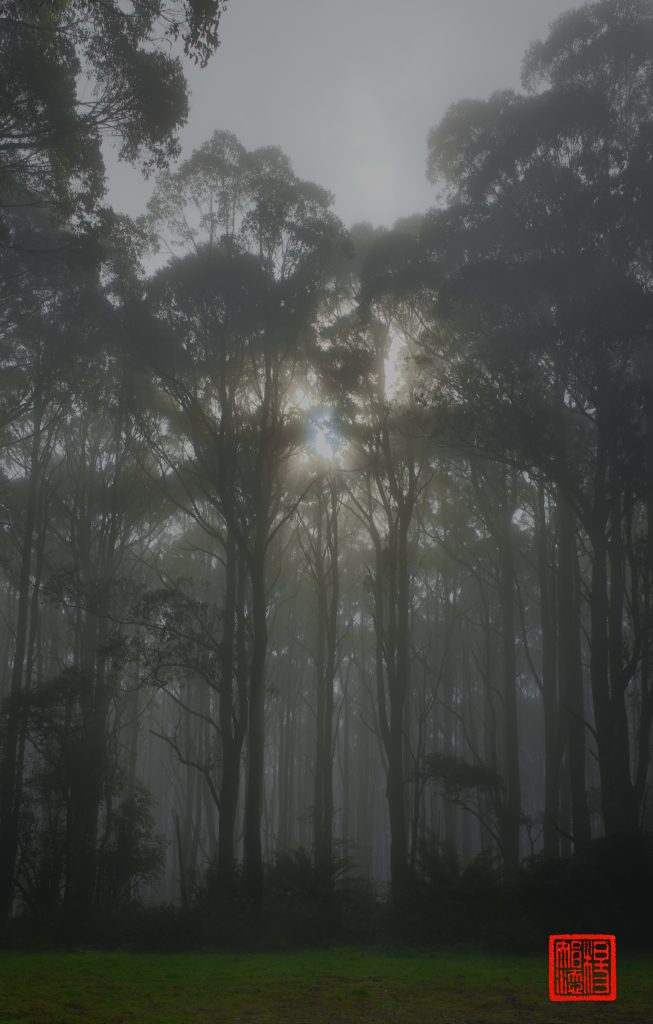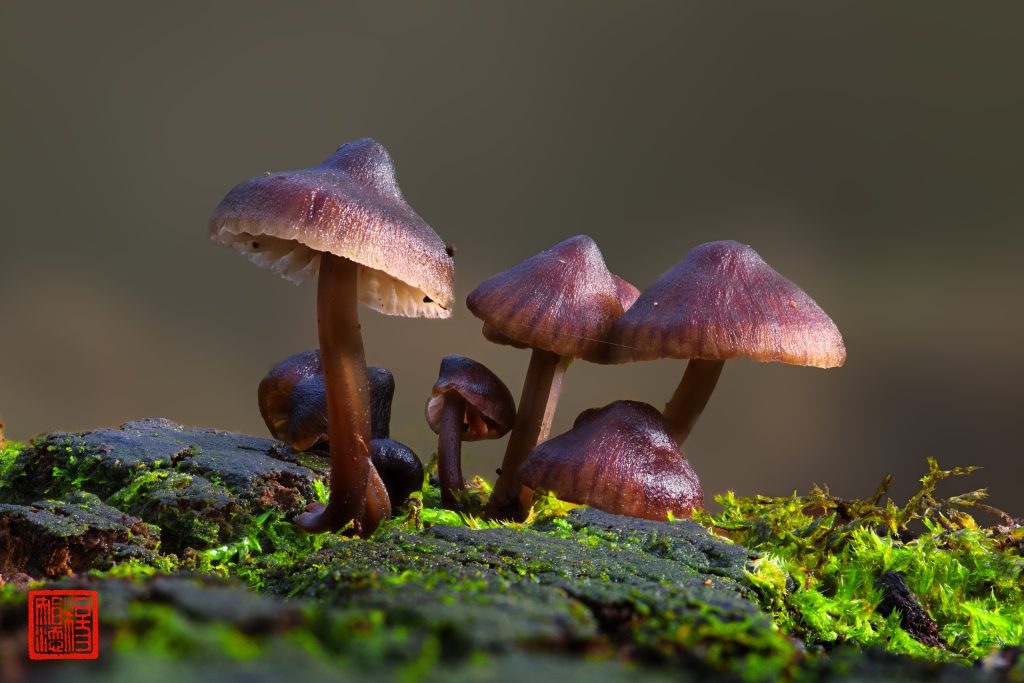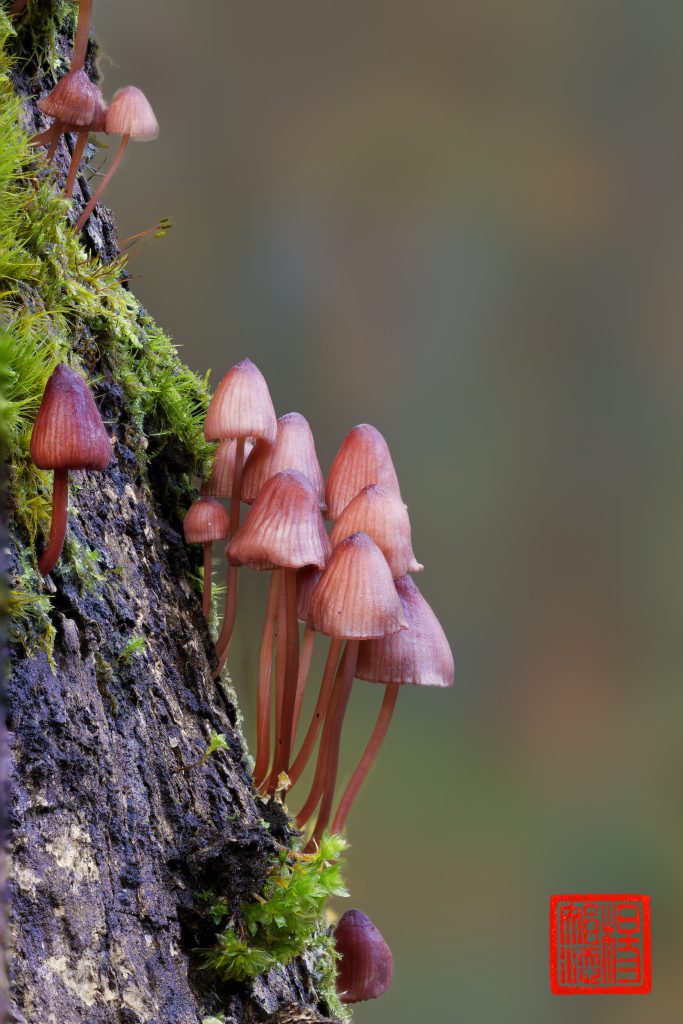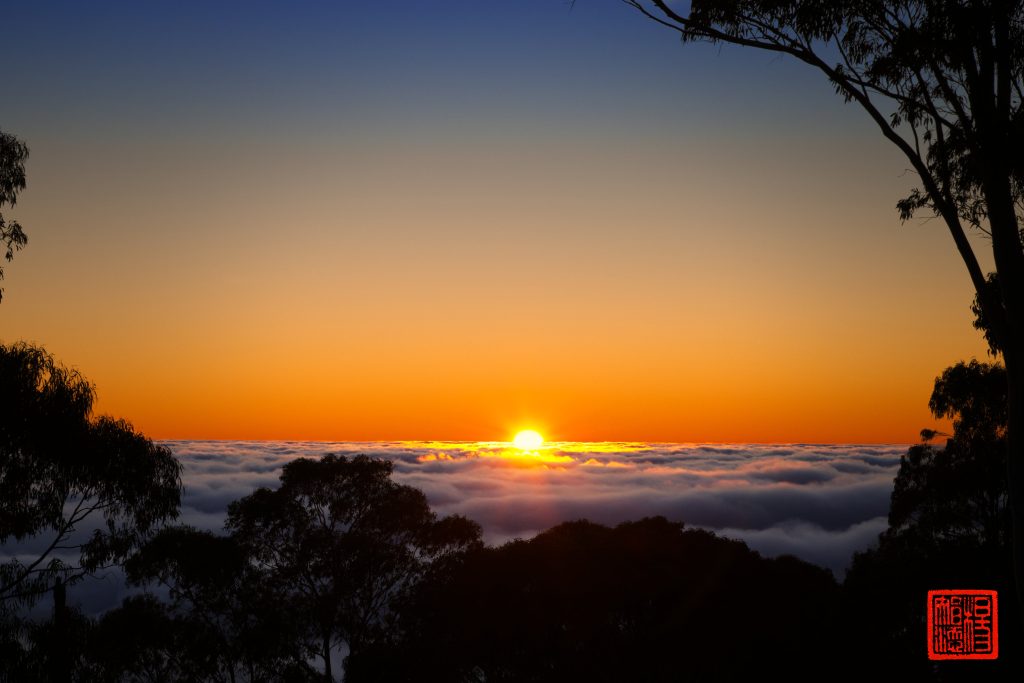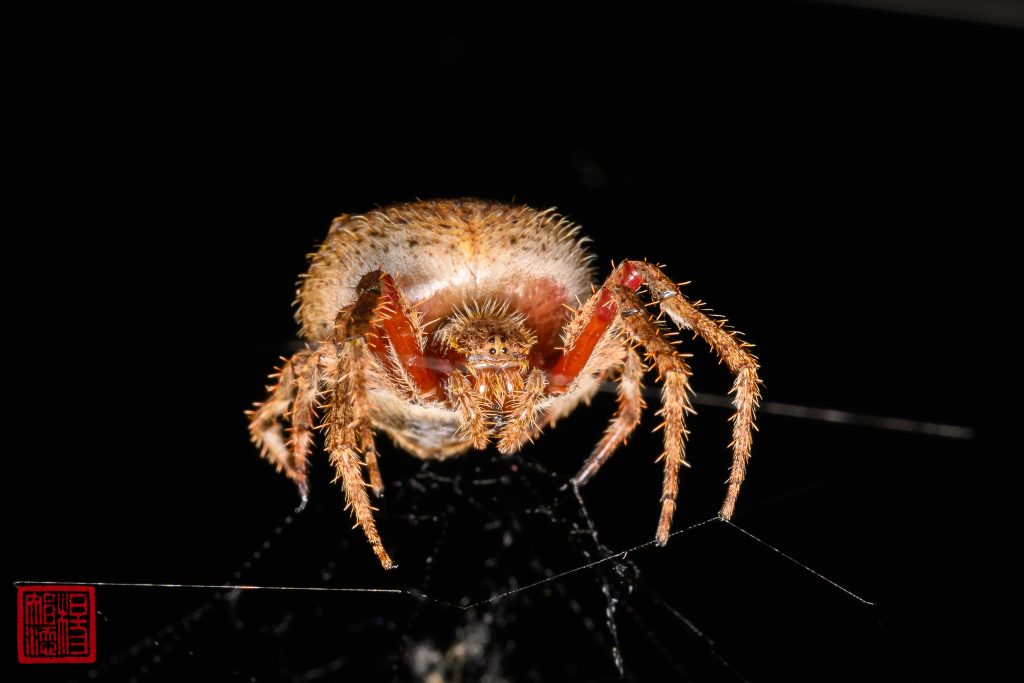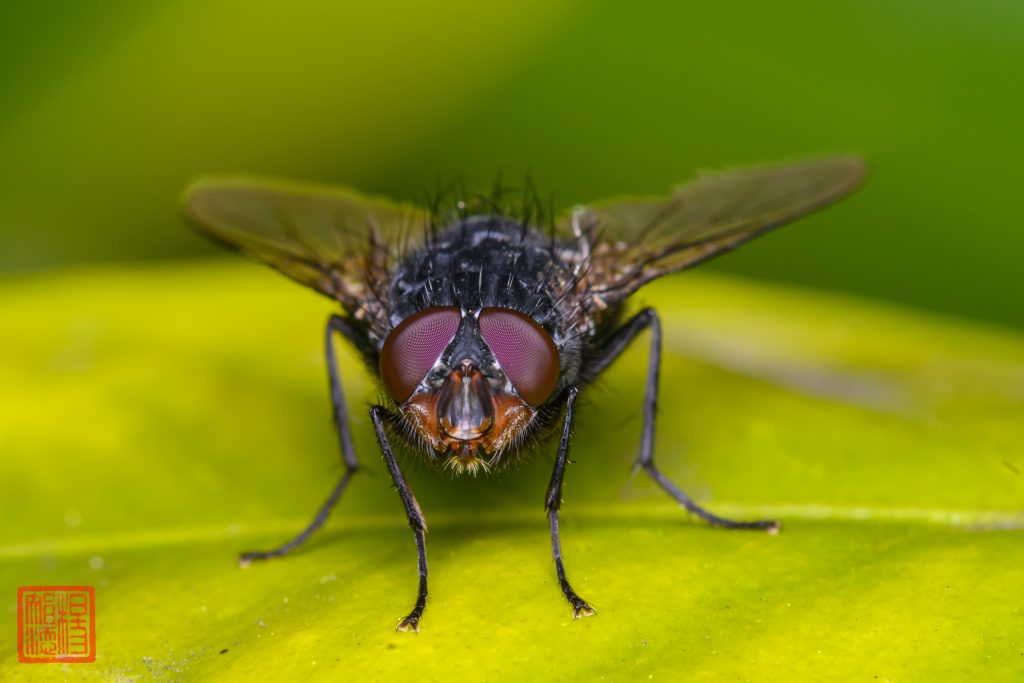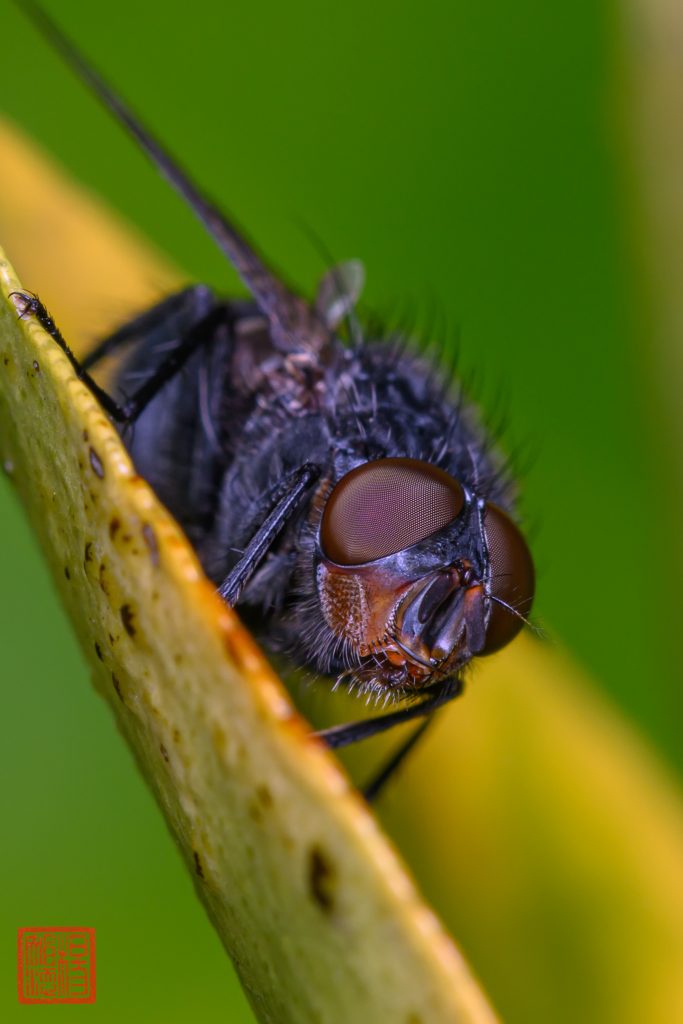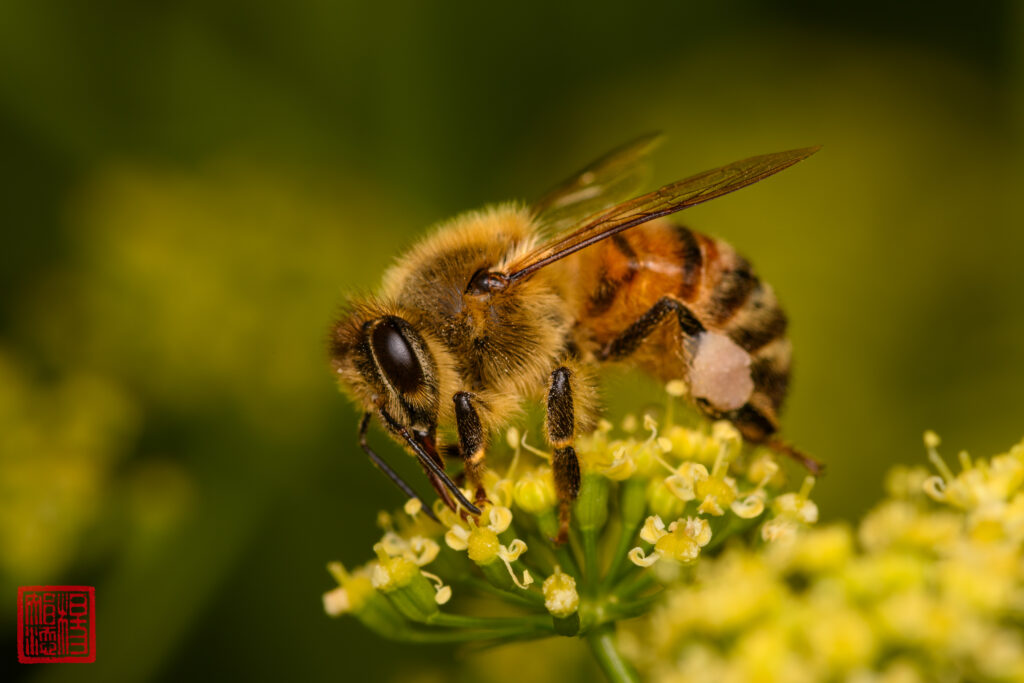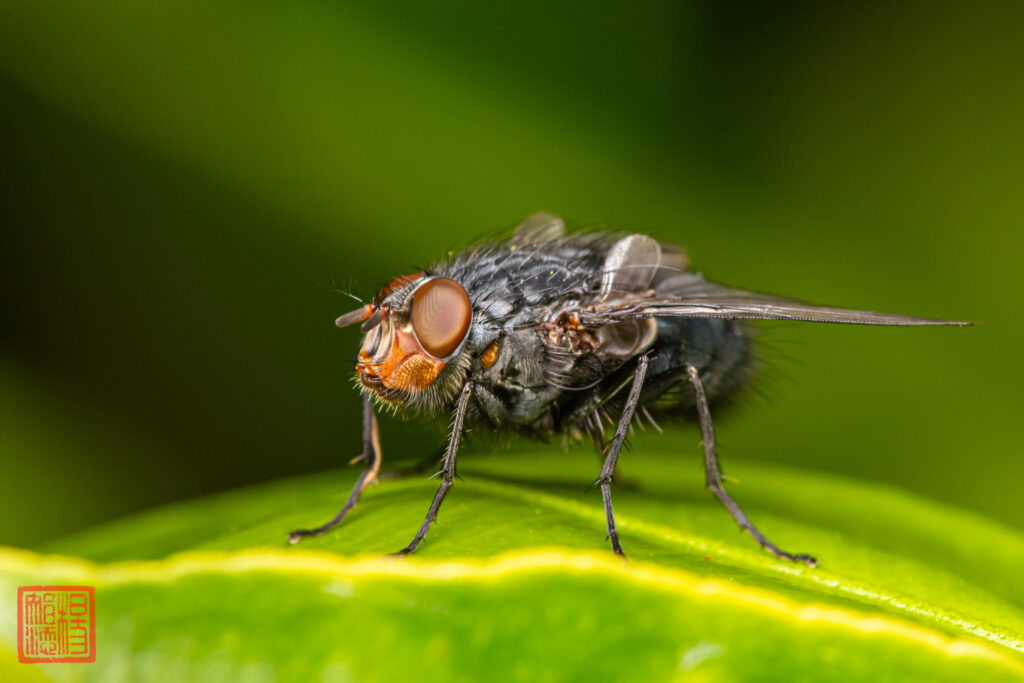On Saturday 21 June 2025, we decided to pay Mount Macedon a visit. The primary goal of the trip is to photograph mushrooms. If we get to do some landscape photograph or even astrophotography, it would be a bonus.
Something we didn’t count on was that the day was very foggy at Mount Macedon. It was evident that there was a atmospheric inversion at play on that day.
When we arrived at Lions Head Car Park (the closest car park to Sanatorium Lake), it felt like we were in the clouds. The sun was hardly shining through and the vicinity of the lake was fairly dark. Walking around the lake, we saw plenty of wildlife. They were mostly White-browed Scrubwrens, Eastern Yellow Robins and Superb Fairywrens. I tried to photograph the Srubwren but they were not cooperating. The Eastern Yellow Robin were not particular keen to pose for pictures ether.
Fortunately, we found many mushroom around the lake but only one particular species was photogenic. Unfortunately, mobile signal was weak to non-existent at Sanatorium Lake. I was unable to use iNaturalist Seek mobile app to identify the mushroom. We I got home, it only only able to identify them as Bonnets.
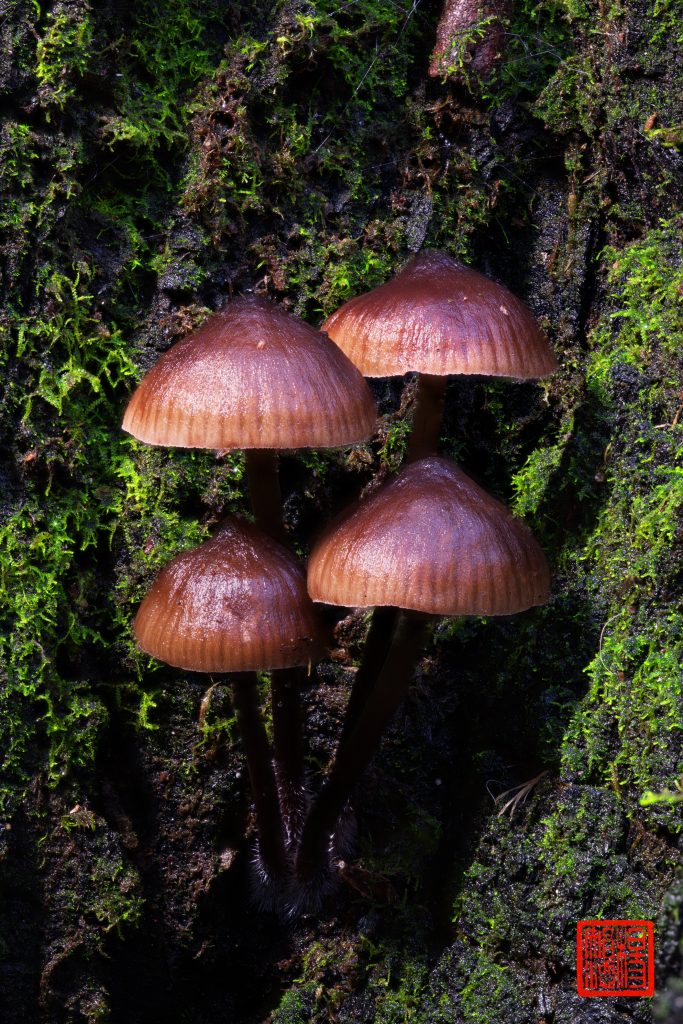
I normally take macro photographs handheld with the aid of a Speedlight. This time, I have been using available light on a tripod and using a technique call focus stacking. The Nikon cameras have a focus shift mode that automates the focus change during stacking.
As this is the first time I have use the focus shift feature in the camera, it was clear to me what exposure settings I should be using. In retrospect, I should probably use an aperture of f/5.6, shift distance of 1 and a stack of 100-200 depending on the subject.
The size of the stack seems quite difficult to estimate. 150 (only some were used in post-processing) for the first 2 stacks seems appropriate. For the third stack, 150 was excessive. I think I could have gotten away of a size of 100. For the last stacked image (moss), 150 was clearly not effort.
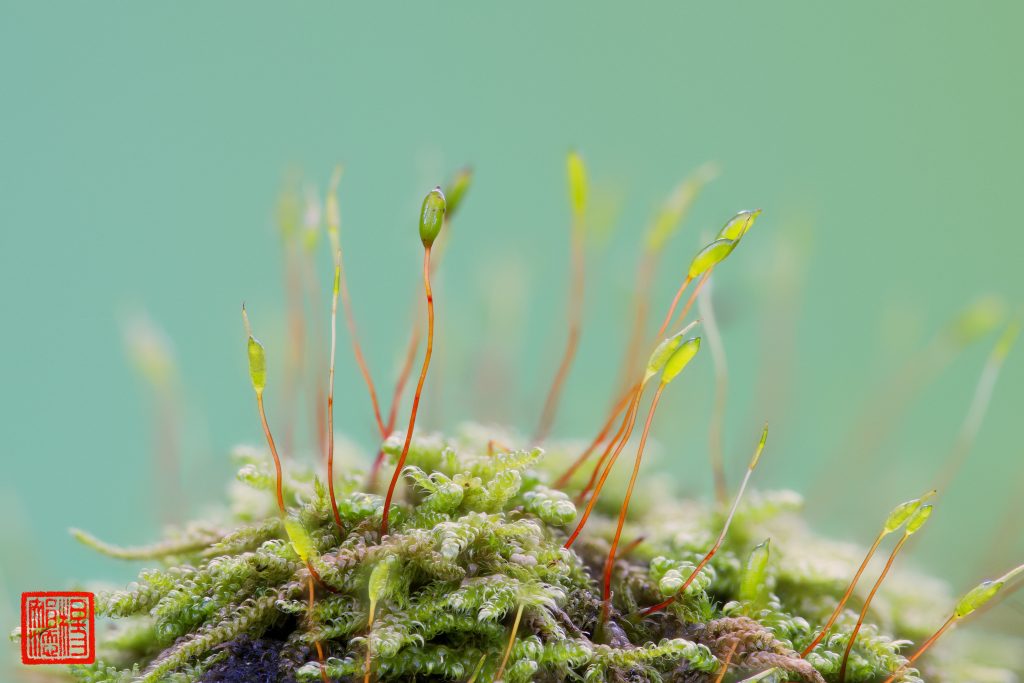
For the image of the moss, I used an artificial background. The natural background had high contrast. I don’t particularly like this image. The background colour just doesn’t look right. I should probably have chosen a darker shade of green. The natural light was also too harsh. I should have chosen a different spot to photograph these moss.
After Sanatorium Lake, we visited Camel’s Hump. This confirmed to me that we are in the midst of an Atmospheric inversion. However, it was very windy at Camel’s Hump and the light was very harsh. The wind disturbed the inversion. I decided against any photograph there.
Nearing sunset, we went to the Memorial Cross. This is when I took the sunset photographs. The best one was when the sun was half-way beneath the inversion with trees and shrubs partially framing the sunset into the inversion. I tried bracketing the shots for a composite that captures the sunset and well-exposed foreground. In the end, I decided that a single shot with the foreground in silhouette looks the best.
We went back to the Days Picnic Ground to have a look at the Milky Way. Although the sky at Mount Macedon is supposed to be Bortle Class 3, astrophotography was not possible. I suppose Mount Macedon is too close to Melbourne. We stayed until about 8pm and decided to head home.
These photographs were previewed with Nikon NX Studio and post-processed with Affinity Photo 2. I am really happy how Affinity Photo 2 is working out.

